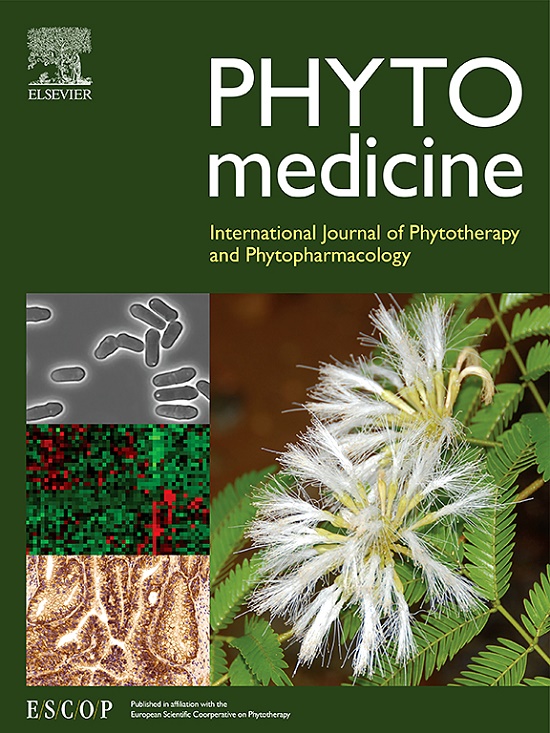Isovaleroylbinankadsurin A ameliorates atherosclerosis and restenosis by promoting LXRα signaling pathway and inhibiting TGF-β1 and FHL1 signaling pathways
IF 6.7
1区 医学
Q1 CHEMISTRY, MEDICINAL
引用次数: 0
Abstract
Background
Atherosclerosis is a leading factor in the development of several cardiovascular conditions, including ischemic heart disease, stroke, and peripheral vascular disease. A defining characteristic of atherosclerosis is the formation of macrophages and vascular smooth muscle cells (VSMCs)-derived foam cells in plaques. Angioplasty can effectively remove atherosclerotic plaque, while it may lead to restenosis. A crucial pathological feature of restenosis is neointimal formation, which is driven by the phenotypic change, growth, and migration of VSMCs. Nonetheless, there are only a handful of effective strategies. Kadsura coccinea is a folk Chinese herb mainly used to treat rheumatism, chronic gastritis, bruises, and dysmenorrhea. Isovaleroylbinankadsurin A (ISBA), isolated from Kadsura coccinea roots, is a dibenzocyclooctadiene lignan that has recently been shown to be beneficial for myocardial ischemia-reperfusion injury. However, its protective effects on atherosclerosis and restenosis remain unknown.
Purpose
To investigate the effects and related mechanisms of ISBA on atherosclerosis and restenosis.
Methods
Foam cells were induced by ox-LDL in vitro, and a high-fat diet was administered to ApoE-/- mice. HE staining was applied to evaluate the morphology of vascular tissues. Lipid accumulation of plaques and foam cells was measured using BODIPY-cholesterol, DiI-ox-LDL, Oil Red O staining, and cholesterol quantification tests. A mouse model of femoral artery injury and an in vitro VSMC proliferation model were established. The CCK-8, EdU, plate clone formation, and wound-healing assays were used to evaluate cell viability and migration. Western blot analysis and immunohistochemistry were employed to assess the levels of crucial proteins in ISBA mediating atherosclerosis and restenosis.
Results
We found for the first time that ISBA could significantly alleviate atherosclerosis and restenosis. Mechanistically, ISBA inhibited lipid accumulation and reduced foam cell formation through the activation of LXRα/ABCA1 signaling pathway, which contributed to preventing atherosclerosis. In addition, ISBA could also suppress the phenotypic switch, proliferation, and migration of VSMCs through repressing TGF-β1/ERK1/2/CTGF and FHL1/ERK1/2/CTGF signaling pathways, thereby mitigating neointimal formation and restenosis.
Conclusion
This study offers a groundbreaking and expanded exploration of the pharmacological effects of ISBA. ISBA may be a novel therapeutic drug to prevent atherosclerosis and restenosis.
求助全文
约1分钟内获得全文
求助全文
来源期刊

Phytomedicine
医学-药学
CiteScore
10.30
自引率
5.10%
发文量
670
审稿时长
91 days
期刊介绍:
Phytomedicine is a therapy-oriented journal that publishes innovative studies on the efficacy, safety, quality, and mechanisms of action of specified plant extracts, phytopharmaceuticals, and their isolated constituents. This includes clinical, pharmacological, pharmacokinetic, and toxicological studies of herbal medicinal products, preparations, and purified compounds with defined and consistent quality, ensuring reproducible pharmacological activity. Founded in 1994, Phytomedicine aims to focus and stimulate research in this field and establish internationally accepted scientific standards for pharmacological studies, proof of clinical efficacy, and safety of phytomedicines.
文献相关原料
公司名称
产品信息
索莱宝
crystal violet
索莱宝
Oil Red O
 求助内容:
求助内容: 应助结果提醒方式:
应助结果提醒方式:


